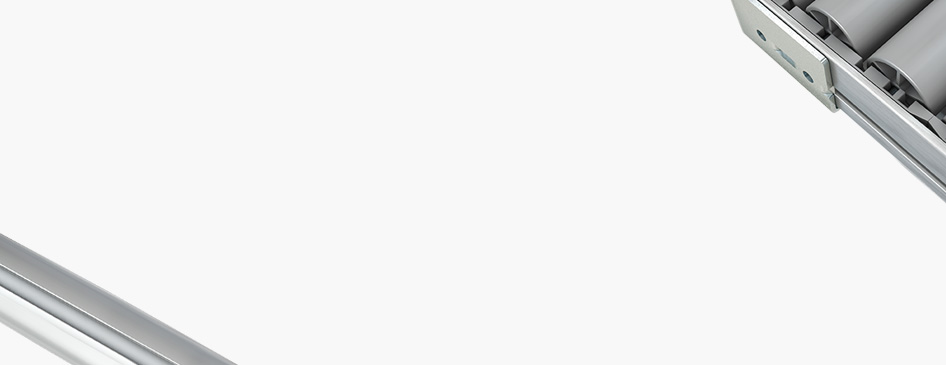
Seleccione uno
o más idiomas
0,1,3
- Alemán
- Inglés
- Chino
- Español
Toughness testing
Toughness testing provides information about a material's energy-absorbing capacity.
A Material is tough if a component or sample breaks only after significant deformation. Consequently, the amount of Work required to cause a sample to break is a measure of a material's toughness.
The type of fracture indicates whether a material is tough or brittle. Brittle materials have a largely flat fracture surface with non-deformed edges. A ductile fracture with a jagged fracture surface and necking along the edges is an indicator of toughness.
In most cases, toughness is analysed using fracture Mechanics tests. The methods used include:
- Notched bar impact test, notched bar tensile test or tensile test to determine nominal fracture stress and unit rupture work
- Bending, notched bar impact or folding test to determine ductility
- Notched bar impact test to ascertain crack arrest capacity
A load-deformation diagram provides an indirect graphic depiction of a material's toughness. In this diagram, the energy absorption in relation to the Plastic deformation indicates the nominal fracture stress. Other parameters such as ductility, unit rupture work and crack arrest capacity need to be factored in to evaluate the toughness.
